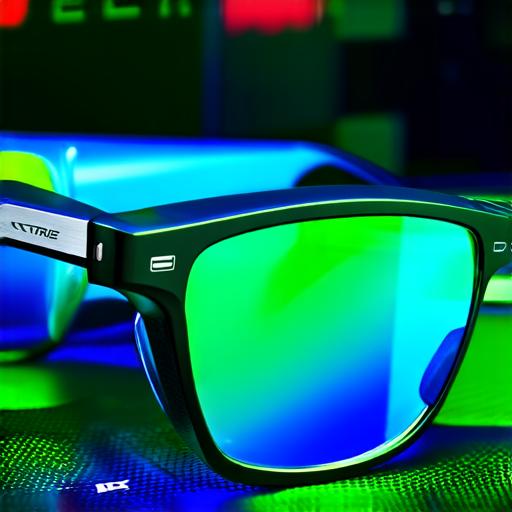Developing an augmented reality (AR) experience can be a challenging but rewarding process. AR technology allows you to overlay digital information on top of the real world, creating a unique and immersive experience for your users.
In this article, we will provide you with a step-by-step guide on how to develop an augmented reality experience.
-
Determine the purpose and goals of your AR experience. Before starting the development process, you need to have a clear understanding of what you want to achieve with your AR experience. Are you creating a gaming app or a training tool for a specific industry? Once you have defined your purpose and goals, you can move on to the next step.
-
Choose the right AR platform. There are several AR platforms available, including ARKit (for iOS), ARCore (for Android), and Vuforia (for both iOS and Android). Each platform has its own strengths and weaknesses, so it’s important to choose one that best fits your needs.
-
Create 3D models and assets. In order to create an AR experience, you need to have 3D models and assets that can be overlaid on the real world. You can use software such as Blender or Maya to create these models, or you can purchase pre-made assets from online marketplaces like TurboSquid or Sketchfab.
-
Develop the AR app. Once you have your 3D models and assets, you can start developing your AR app. You will need to integrate the AR platform with your app and create a user interface that allows users to interact with the digital elements in the real world. This may involve creating animations, adding sound effects, or implementing user input.
-
Test and refine the AR experience. Before releasing your AR experience to the public, you need to test it thoroughly to ensure that it is functioning properly and providing a good user experience. You may need to make adjustments to your 3D models, animations, or user interface based on user feedback.
-
Launch your AR experience. Once you are satisfied with your AR experience, you can launch it on the app store for iOS or Google Play for Android. Promote your app through social media, advertising, and other channels to attract users and generate interest in your AR experience.
-
Maintain and update your AR experience. To keep your AR experience relevant and engaging, you will need to maintain and update it regularly. This may involve adding new 3D models, fixing bugs, or implementing new features based on user feedback.

In conclusion, developing an augmented reality experience can be a challenging but rewarding process. By following these steps, you can create a unique and immersive experience for your users that combines the best of both worlds: the real world and digital technology.
